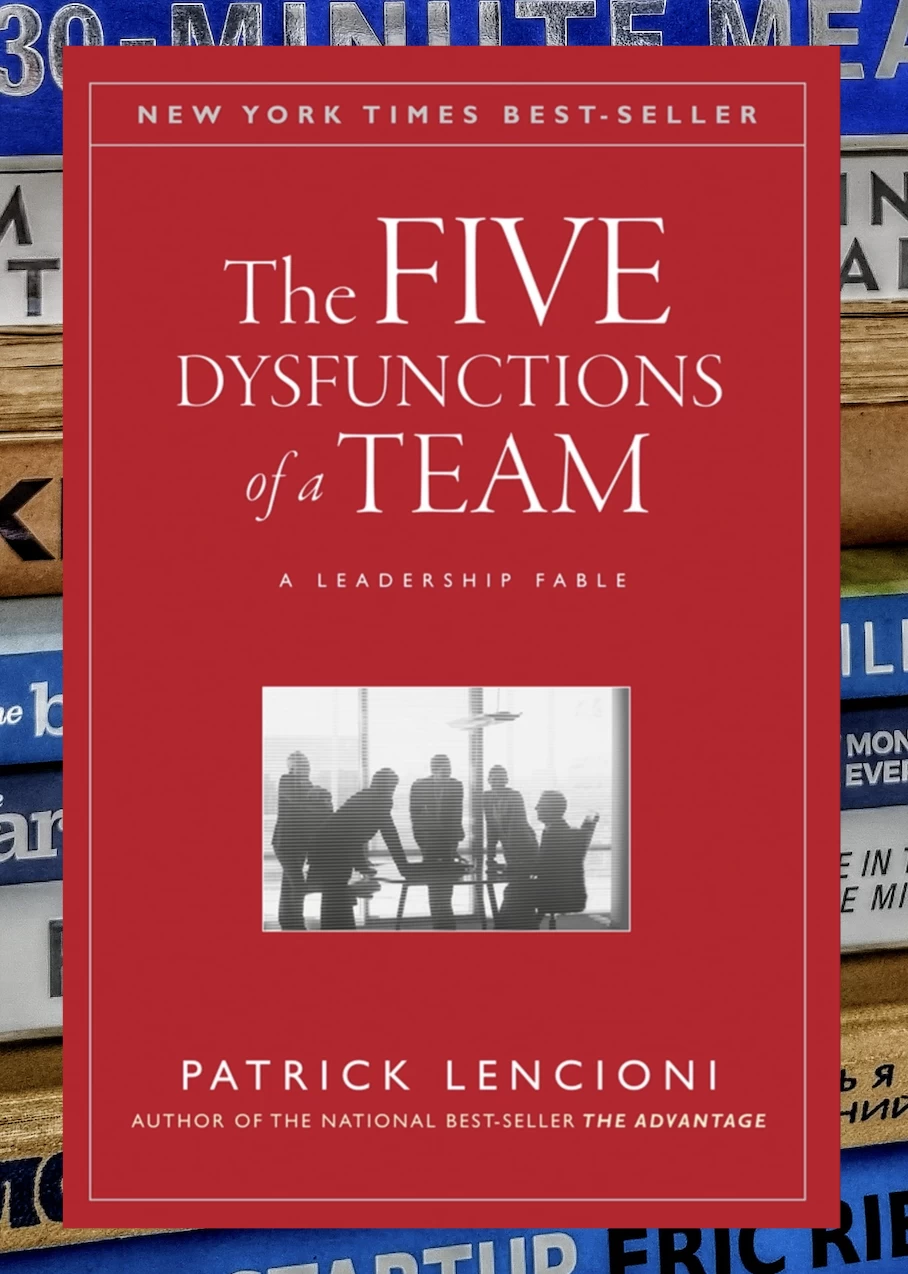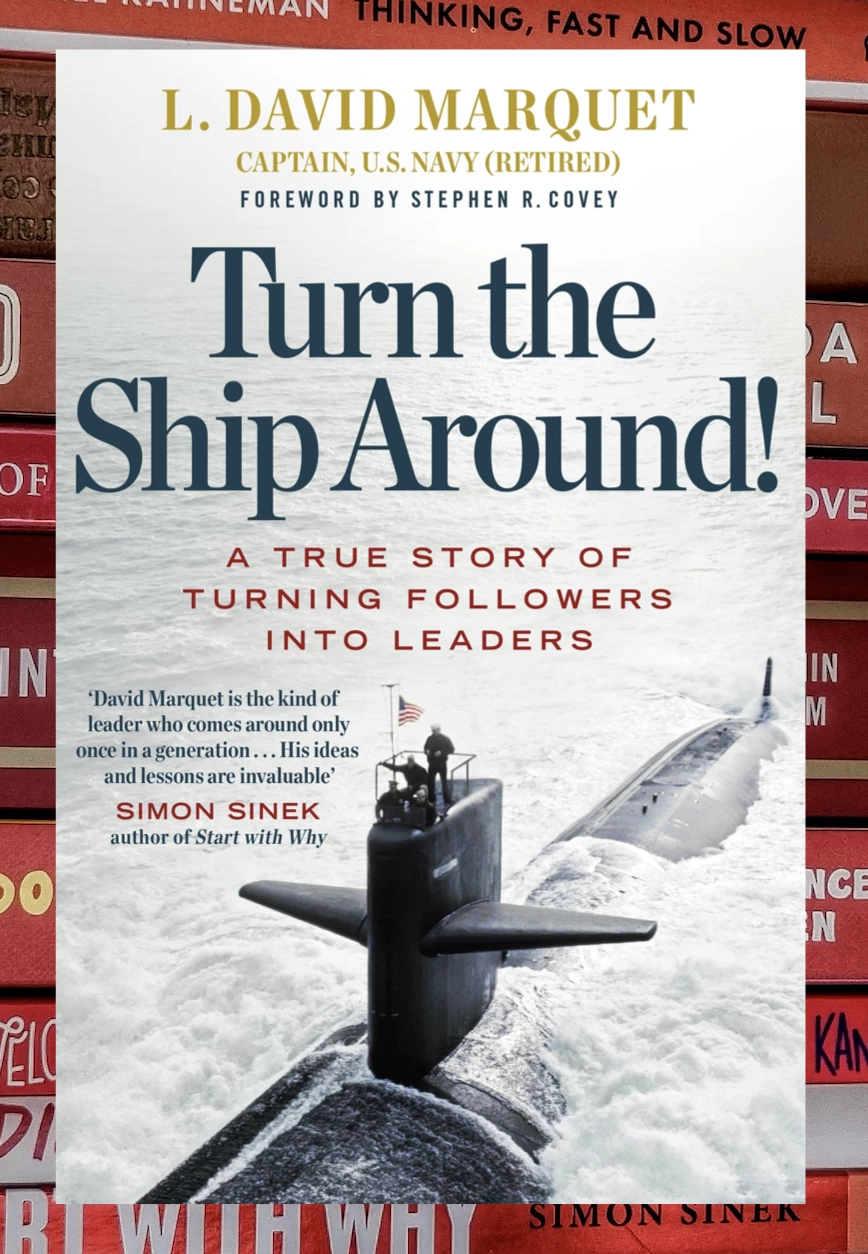Nov 20, 2022
The 3 Leadership Books Every Product Manager Should Read
To steer both the product and the team, you'll need to express the vision, strategy, and product roadmap. Listening to others, cultivating valuable connections, and creating an environment that motivates your team to perform at their best are all critical.
These three books on leadership will aid you in honing your abilities and effectively launching products.
The Five Dysfunctions of a Team: A Leadership Fable

This book is highly recommended for people who are assuming leadership positions. It explores the root causes of team struggles, including those encountered by highly accomplished teams, by identifying five key dysfunctions. It focuses on the intricate dynamics of human interaction within teamwork, given the multifaceted nature of people!
The author provides practical methods for overcoming common obstacles that hinder the creation of a united and effective team.
You'll gain insight into how to restructure the company and team for success by following the CEO's journey through each stage of the Five Dysfunctions model. The five team dysfunctions are:
- Lack of trust
- Fear of Conflict
- Lack of Commitment
- Avoidance of Accountability
- Inattention to Results
Trust is knowing that when a team member does push you, they're doing it because they care about the team.
Turn the Ship Around!: A True Story of Turning Followers into Leaders

This book will teach you how to lead teams and have a positive impact on everyone's individual and collective experiences. To develop leaders, invest in your people, strive for excellence, and make continuous improvements.
The principles in this book can help you realise how you'd want to be led and how you'd want to lead in the future. It is a quick read (despite the fact that it is about a submarine captain), well-written, and filled with specific concepts and ideas that can be applied to any organisation.
You can also get a taste of the book by watching this "Greatness" by David Marquet video.
The leader-leader structure is fundamentally different from the leader-follower structure. At its core is the belief that we can all be leaders and, in fact, it's best when we all are leaders. Leadership is not some mystical quality that some possess and others do not. As humans, we all have what it takes, and we all need to use our leadership
Radical Candor: Be a Kickass Boss Without Losing Your Humanity

Radical Candor offers a guide to those who are exhausted by management.It's written for managers, but anyone in the workplace, including Product Managers, will enjoy it.
Kim Scott's observations do a great job of prioritising the need to treat everyone as a human being first-and-foremost. The title refers to the ideal quadrant on a chart with two axes: "care personally" and "challenge directly".
This book strikes a good balance between models supported by specific examples and a very practical approach to putting it into practise.
When bosses are too invested in everyone getting along they also fail to encourage the people on their team to criticize one another other for fear of sowing discord. They create the kind of work environment where being "nice" is prioritized at the expense of critiquing and therefore improving actual performance.
